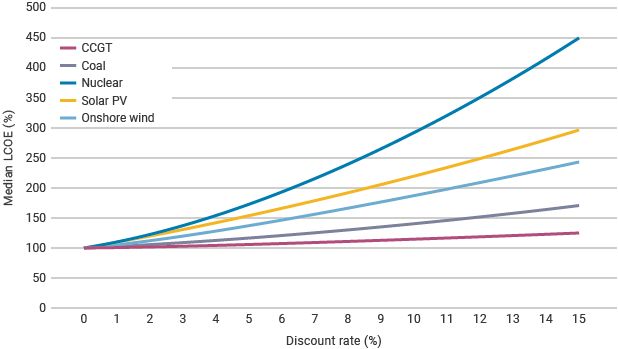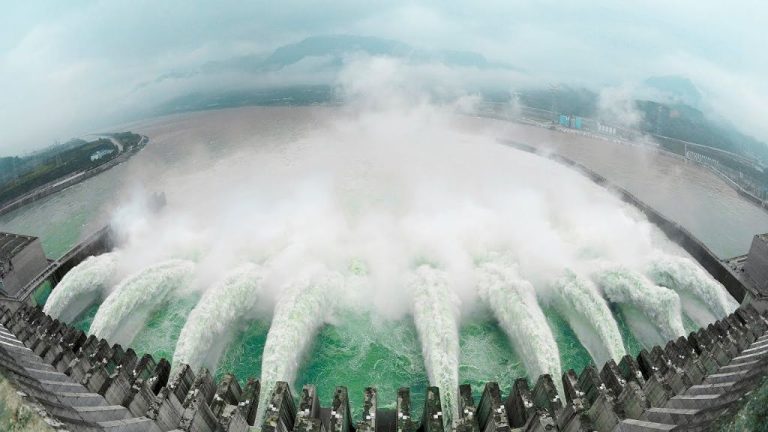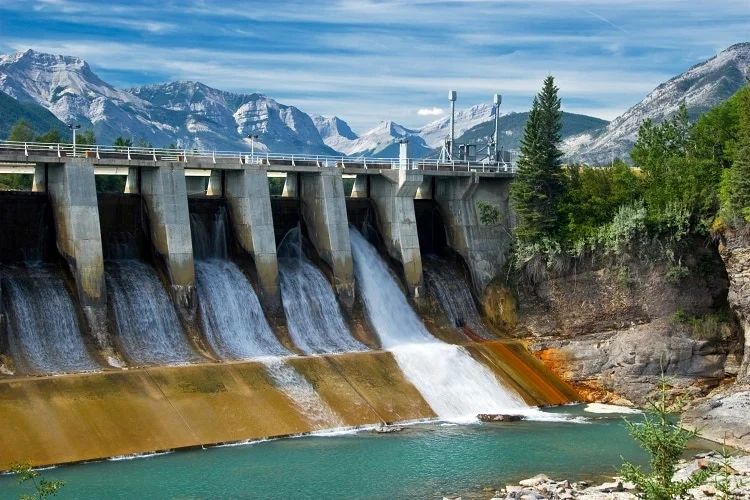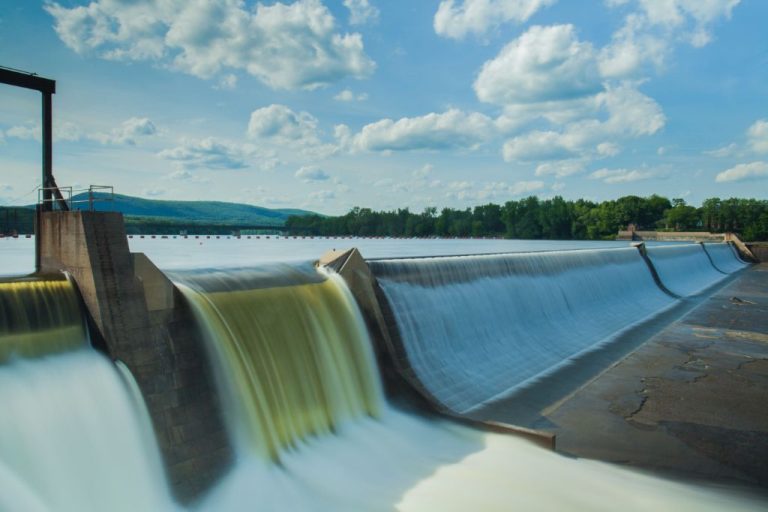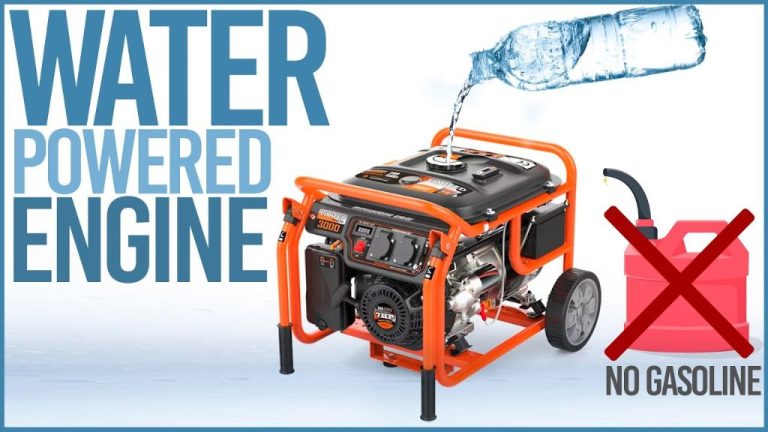What Are The Limitations Of Micro Hydro Power Plant?
High Upfront Costs
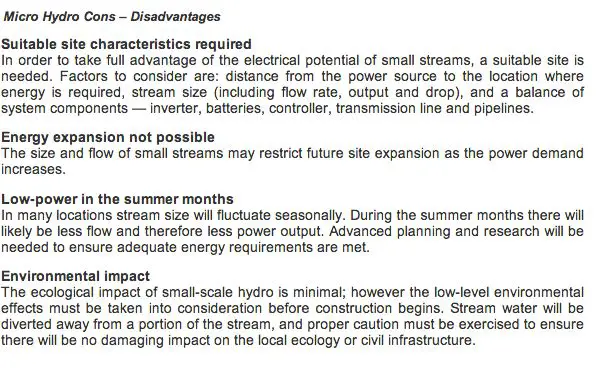
Micro hydro power plants require high initial investments for site studies, civil works, electromechanical equipment, and installation. According to IRENA, the capital cost per kW for small hydropower projects ranges from $1,300 to $8,000 (Renewable Energy Cost Analysis: Hydropower). For a small residential or commercial 5 kW micro hydro turbine system, the total installed costs often range from $15,000 to $55,000 (How Much Does a 5kw Hydro Turbine Cost?).
The high upfront investment makes micro hydro less financially viable for small scale or remote applications. Significant capital is required before the plant can start generating revenue through energy sales. This poses a barrier especially for rural or independent power producer projects with limited access to financing.
Site Constraints
One of the main limitations of micro hydro power plants is that they require specific site conditions to operate effectively. Micro hydro plants need suitable topology and consistent water flow from a river or stream to generate electricity (Quaranta, 2022)[1]. The plant intake pipe and water channel must have an adequate drop in elevation and flow rate to power the turbine. Locations with little change in elevation or low water volume will not be feasible sites. Even small variations in water flow throughout the year can greatly impact the plant’s productivity. Sites with seasonal fluctuations in river flow may not generate sufficient electricity year-round (Tekounegning, 2009)[2]. Overall, the specific terrain and hydrological characteristics constrain where micro hydro plants can be situated.
Seasonal Variations in Water Flow
One of the limitations of micro hydro power plants is that their output depends heavily on seasonal variations in water flow. During monsoon seasons with high rainfall, rivers and streams tend to have higher water volumes and flows. This allows micro hydro systems to generate more electricity during those months. However, in the dry season when river flows decline sharply, the power output of these systems also drops.
According to the U.S. Department of Energy, stream flows can vary significantly over the course of a year, so the season during which maximum electricity generation is needed should be evaluated when planning a micro hydro system (https://www.energy.gov/energysaver/planning-microhydropower-system). The variability in seasonal water availability makes it challenging for micro hydro power to provide consistent year-round energy generation. Additional energy storage or backup power sources may be needed to supplement micro hydro during drier parts of the year.
Limited Power Output
Micro hydropower plants typically have a limited power output capacity, up to 100 kW according to the U.S. Department of Energy (https://www.energy.gov/energysaver/microhydropower-systems). This restricts micro hydro projects to small-scale applications like powering an isolated home, farm, or village. The generation capacity is insufficient for large industrial facilities or utility-scale generation.
The power output of a micro hydropower plant depends on the volume and head of water available. Seasonal variations in streamflow can impact the year-round power generation. Plants with a lower power capacity may not be able to provide reliable continuous power to the connected loads.
While micro hydro fills an important niche application, its limited generation capacity prevents it from being a large-scale renewable solution to meet the growing electricity demands in most areas.
Silting and Clogging
One of the biggest operational challenges with micro hydro power plants is silting and clogging Combating Silt Erosion in Hydraulic Turbines. As water flows through the system, it carries sediment and debris that can build up inside pipes, turbine components, and other parts of the power station. This debris buildup reduces efficiency by restricting water flow, adding friction, and causing abrasion damage to equipment. Turbines and pipelines become less effective at converting the kinetic energy of moving water into electricity as silt accumulates inside them. Operators need to periodically stop generation in order to flush the system and remove built-up sediment Silt erosion…trouble for turbines. While micro hydro systems are designed to handle a certain amount of silt, excessive debris can lead to unexpected downtime, wear and tear, and loss of productivity.
Transmission Challenges
One key limitation of micro hydro power is connecting the generated electricity to the main power grid or end users. Since hydro resources are often located in remote areas, there may be no existing transmission infrastructure to transport the power (Microhydropower Systems – Energy.gov). Building new transmission lines can be prohibitively expensive for small power plants.
Micro hydro systems intended for off-grid use avoid transmission issues but face the challenge of matching power production to local demand. Excess generation may be wasted if there is no way to store and use the extra energy when needed. Standalone micro hydro systems require carefully designed distribution networks and energy storage to maximize utilization of the generated electricity.
Environmental Impacts
Hydropower projects can significantly alter the natural environment and ecosystem of rivers. The most notable impact is the change to natural water flows. Building dams and reservoirs disrupts the river’s natural flow regime, potentially affecting wildlife habitat, water quality, and sediment transport downstream (Source).
Hydropower dams act as a barrier to fish migration and can fragment fish populations. Fish can be injured or killed by passing through turbines. The reservoirs created by dams also flood upstream habitat and forests (Source).
However, micro-hydro systems have a smaller environmental footprint compared to large hydro dams. With micro-hydro, rivers can maintain close to natural flows, minimizing impacts on ecosystems and habitats downstream (Source).
Social Acceptance Issues
Micro hydro projects can face challenges with social acceptance, particularly around community displacement and noise impacts.
The construction of small dams and diversion weirs often requires relocation of homes or land that local communities rely on for agriculture or livelihoods. According to a 2021 study, run-of-river SHP plants can produce unequal social impacts across a watershed, displacing vulnerable communities while providing electricity mainly to cities and industries downstream (https://www.ncbi.nlm.nih.gov/pmc/articles/PMC7782619/).
In addition, the noise generated by turbines, generators and rushing water can disrupt quality of life for nearby residents. Sound and vibrations may carry long distances, affecting areas even far from the powerhouse. Proper siting, noise barriers and technology selection during planning stages can help mitigate noise pollution.
Maintenance Requirements
Micro hydro systems require ongoing maintenance and skilled technicians to keep the system running optimally. Regular maintenance is needed to inspect, clean, lubricate, and repair components as needed. According to the Micro Hydro Power website, the turbine and generator bearings need greasing every 6 months and the generator may require a dry out treatment before restarting if it gets wet (Micro Hydro Power Maintenance). Energypedia also notes that operation, maintenance, and surveillance are crucial for smooth functioning but are often underestimated (Micro Hydro – Operation and Maintenance). Since micro hydro systems have many mechanical components and site-specific customization, trained technicians are required for upkeep. Lack of local technician skills and costs of maintenance can be limitations.
Limited Applications
Micro hydro power plants are best suited for remote, rural electrification in areas without access to the main power grid. They work well for small villages, farms, homes and cottages located near suitable water resources like streams and small rivers. According to a study, micro hydro systems are a cost-effective way to provide electricity to rural or remote areas unserved by the utility grid. The small-scale, decentralized nature of micro hydro makes it an ideal solution for providing basic electricity services in developing regions.
However, micro hydro does have limitations in terms of the applications where it can be utilized. The small power outputs, often just a few kilowatts, mean micro hydro cannot compete with larger hydro or thermal plants in grid-connected areas. The seasonal variability of water resources also restricts micro hydro to locations with relatively consistent water flow year-round. Overall, micro hydro works best for small-scale, off-grid electrification in rural and remote regions near suitable hydro resources.

